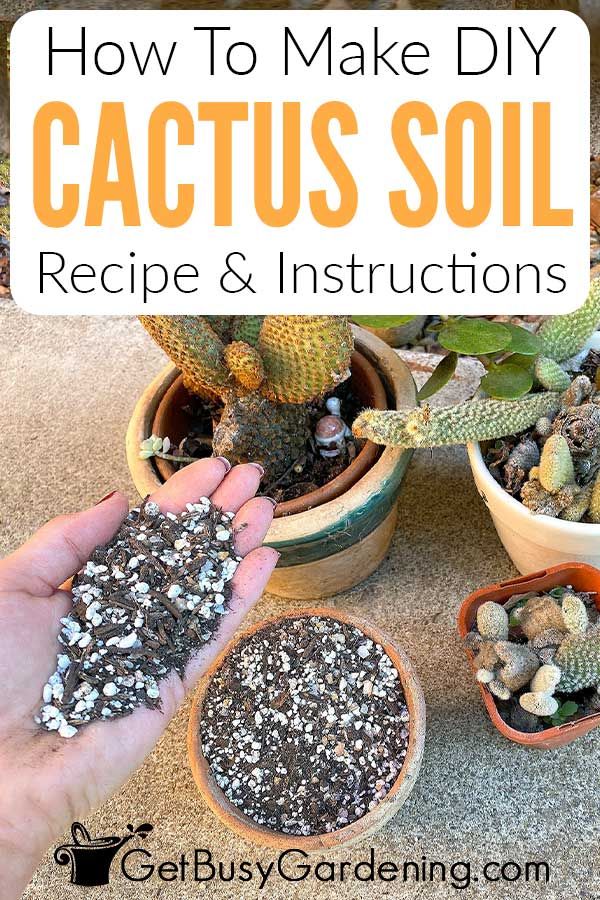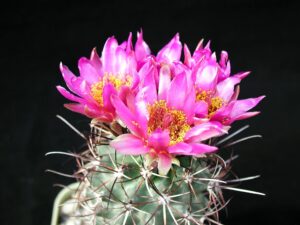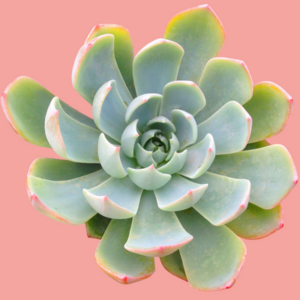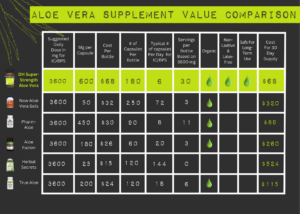When embarking on the journey of succulent and cactus cultivation, the first revelation is often an overlooked secret: soil composition plays a vital role in the health and vitality of these remarkable plants. The right soil mix does more than just serve as a foundation; it represents an intricate ecosystem that caters to the unique water and nutrient needs of these drought-resistant wonders. As such, understanding the fundamentals of cactus and succulent soil is paramount for both novice and seasoned gardeners. Dive into the intricacies of soil composition and discover how to create an optimal environment for your plants.
Understanding Soil Composition
Cactus and succulent plants are admirably adapted to arid environments, which means their soil must replicate these conditions effectively. Unlike conventional houseplants that flourish in moisture-retaining soils, succulents and cacti thrive in well-draining substrates that deter excessive water retention. When concocting your ideal soil mix, it is essential to consider the three primary components: organic matter, mineral content, and drainage capability.
Organic Matter: The Vital Link
At first glance, organic matter may seem counterintuitive for drought-loving plants. However, it serves as a critical component by enriching the soil with essential nutrients while facilitating aeration. Ingredients such as coconut coir, peat moss, and compost can enhance the water-holding capacity of the soil without becoming stagnant. While it is true that you must avoid excess moisture, incorporating a moderate amount of organic matter can bolster the overall health of your plants by offering a reservoir of nutrients.
Mineral Content: A Foundation for Growth
Mineral-heavy substrates are the backbone of any effective cactus and succulent soil mix. The inclusion of materials like perlite, pumice, or coarse sand improves the soil’s structure by ensuring excellent drainage. Each of these components serves its unique purpose; for instance, perlite and pumice provide aeration while preventing compaction—ensuring that plant roots bask in oxygen rather than suffocating in waterlogged conditions. Sand, specifically coarse or horticultural grade, adds bulk and aids in enhancing the soil’s drainage potential. When selecting your minerals, avoid fine sands that can suffocate the root systems.
Drainage Capabilities: The Key to Prevention
Perhaps the most crucial aspect of crafting a resilient soil mix lies in drainage capabilities. In the wild, cacti often grow in arid landscapes where rainfall is infrequent and brief. To simulate this natural environment, the inclusion of highly porous materials like gravel, lava rock, or expanded clay will ensure that water swiftly exits the soil. A well-drained mix prevents root rot and allows the plants to absorb water as needed, rather than remaining in perpetual dampness. Balancing these components is imperative, as improper ratios can lead to disastrous results.
Formulating Your Ideal Soil Mix
Now that the foundations of cactus and succulent soil have been established, it is time to explore how to blend these components into a robust, effective soil mix. While pre-packaged commercial soils specifically formulated for cacti and succulents can save time, creating your own custom blend offers greater control over the quality of materials involved.
Basic Soil Mix Recipe
Crafting your ideal mix can be achieved with a simple recipe: take two parts potting soil, one part coarse sand, and one part perlite or pumice. This basic foundation serves as a starting point that can be tailored to suit specific needs. For instance, if your plants are particularly sensitive to moisture, consider increasing the ratio of perlite or pumice relative to the potting soil. Conversely, if you observe that your plants are undernourished or struggling to thrive, augment organic matter while maintaining the balance of drainage-enhancing materials.
Considerations for Container Size and Type
The choice of container is pivotal in the success of succulent and cactus cultivation. It is imperative to select pots with adequate drainage holes, as this facilitates proper water expulsion and doubly aids root health. While terra cotta pots offer the benefits of breathable material and moisture retention, plastic pots create a lighter alternative but may require more vigilance in watering habits. Regardless of the chosen material, ensure the vessel allows for drainage, creating an environment free from the devastating effects of stagnant water.
Seasonal Needs: Adjusting Soil for Optimal Growth
As seasons change, so too do the needs of succulent and cactus plants. During the growing season, which typically spans spring and summer, plants will utilize their soil more rapidly, warranting more frequent fertilization or even a slight modification in the soil mix to heighten nutrient availability. Conversely, during dormancy in fall and winter, reduce watering frequency significantly and be cautious with fertilizer application. This rhythmic adjustment enhances resilience and promotes vigorous growth when the time is right.
Conclusion: Embracing a New Perspective on Soil
By favoring a tailored approach to soil creation, both novice gardeners and seasoned horticulturists can secure flourishing displays of stunning succulents and resilient cacti. Embracing the importance of soil mix not only alters your gardening success but fundamentally enhances your appreciation for these extraordinary plants. The intricacies of soil composition unveil a new perspective on the symbiotic relationship between your plants and their environment, encouraging curiosity and promoting admiration for nature’s remarkable adaptability.





Leave a Comment